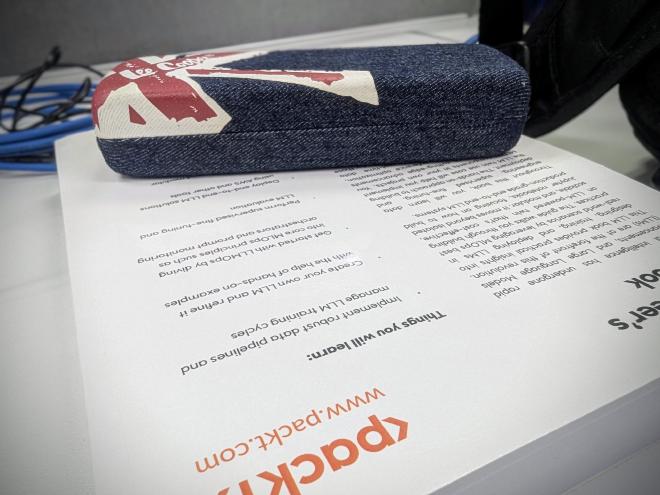
Chapter-1#
This book, LLM Engineer’s Handbook, begins with the why building an LLM Twin. And this is the ultimate goal of this book.
Then it continues by introducing MVP (minimum viable product) which is what features will be delivered.
This is a powerful strategy, and the key is, sticking to the V in MVP.
Last, it introduces the solution – ML pipelines for ML systems. It is based on the FTI (feature, training, inference) pattern.
This is the most valuable concept I learn in chapter-1.
Imagine this, with FTI, I can start explore into Google Cloud architecture document.
The FTI pipelines act as logical layers to interact with each other through the feature store and model registries. It is a tool used to clarify how to design ML systems.
This shows how FTI pattern has been applied to design the architecture of a ML system (LLM Twin).
Excellent job! From why to what, and from what to how. And I repeat this chapter twice.
Chapter-2#
Chapter-2 begins with preparing the Python ecosystem and project installation.
This makes me wonder should I switch from uv to poetry for the sake of convenient.
The author does mentioned
uvin the book, but …
Then, this chapter has introduced the following for the rest of the chapter-2:
- MLOps and LLMOps
- model registry
- ZenML for orchestrator, artifacts, and metadata
- NoSQL database (MongoDB) for storing unstructured and vector data
OK, I just stop here and continue enjoy my beverage …


